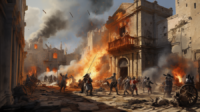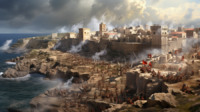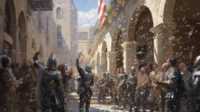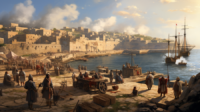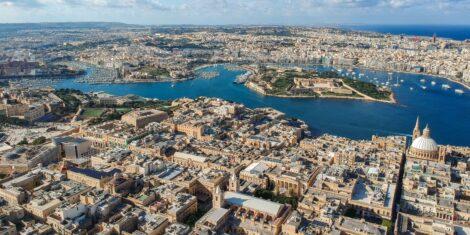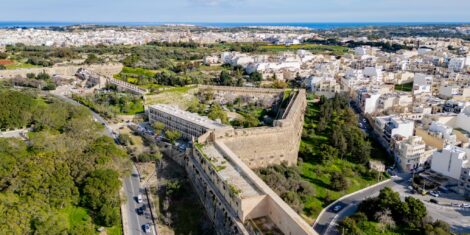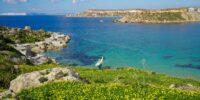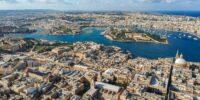Life was hard for many Maltese people in 1775, especially if you weren’t a rich and noble knight. It got so hard that a rebellion was organised against the Order of St John – led by the local priests.
Malta’s Struggles under Grand Master Ximénez de Tejada
The late 18th Century was an era of austerity for the Maltese islands. The conditions were introduced by Grand Master Francisco Ximénez de Tejada who came to power in 1773.
His predecessor, Manuel Pinto da Fonseca, had spent a lot of money during his 32-year reign. He borrowed handsomely to maintain the Order’s luxurious lifestyle. The knights were also losing influence around Europe and weren’t getting as much cash from various benefactors. So alltogether, it meant an increasing strain on the Order’s finances.
Ximénez inherited a heavily indebted treasury and was forced to introduce austerity measures. Many local officials within the Order were sacked and other employees had their wages reduced. Public expenditure was drastically cut and the militia made up of local men was disbanded. Furthermore, a tax was imposed on the corn supplies imported from Sicily.
Things came to a head when Ximénez imposed a ban on the hunting of wild hares and rabbits because stocks were low due to over-hunting – both by the knights for sport, and by locals as a means of free food.
This, the new tax on corn and a growing perception that the knights were mistreating the Maltese and running the country badly, led to a group of priests plotting the overthrow of their hated masters.
The Rising of the Priests: Malta’s Short-Lived Rebellion of 1775
Led by the priest Don Gaetano Mannarino, the conspirators launched their plot on the night of 8 September 1775. That was the 210th anniversary of the victory of the Great Siege of 1565. This was a time when the knights would be celebrating and, theoretically, least prepared to counter a revolt from within.
According to Mannarino, there were 28 priests involved in the plot, but on the day only 18 turned up. There were a few dozen local civilians who did join the rebellion. Despite their small numbers, the rebels took over Fort St Elmo and St James Cavalier, both in Valletta.
These early successes, however, were short-lived. The hoped-for general insurrection from the Maltese population never materialised. Soon, the knights managed to gather enough troops to quickly re-take both fortifications. By 11 September the rebellion was over.
Although the local Catholic Church didn’t have anything to do with the revolt, this episode is known in Malta as the Rising of the Priests. The name comes from the fact that it was planned and led by local clergy, albeit acting in a personal capacity.

The Aftermath of Rebellion: Trials, Executions, and the End of the Order’s Rule in Malta
The trials of the rebels began in October 1775. Grand Master Ximénez didn’t live to see the outcome, however, as he died on 4 November, reigning for only about two years.
The ringleader Mannarino was sentenced to life imprisonment along with several others. He spent over 20 years in jail before finally being released. He died aged 81 in 1814.
Of the rest of the rebels, 36 were imprisoned, 19 were exiled and three were executed.
Those sentenced to death had their heads stuck onto pikes at the corners of St James Cavalier, a warning to any future rebellions as to what might happen if the Order’s rule over Malta was questioned ever again.
Ximénez’s successor, Emanuel de Rohan Polduc, allowed the trials of the rebels to continue, but he did order that the heads of the three decapitated rebels be removed from St James Cavalier.
This rebellion might have failed, but thirteen years later Napoleon and his French forces swept across the Maltese islands, and the reign of the Order of St John did finally come to an end.
To hear more quirky stories about Malta’s history, follow Dark Malta Tours on Facebook, Instagram and TikTok and book a walking tour to learn tantalising tales from the island’s peculiar past.


